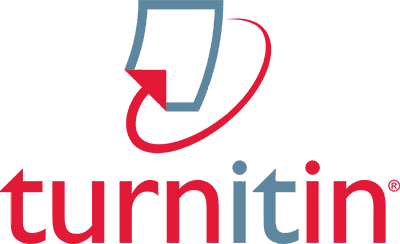A variação das características vegetativas e morfológicas de Thymus kotschyanus L. afeta as nanopartículas de silicato de potássio, o hidrogel superabsorvente, os microorganismos efetivos e o esterco animal
DOI:
https://doi.org/10.14393/BJ-v35n1a2019-41832Palavras-chave:
Facilitador, Nanomaterial, Hidrogel superabsorvente, Planta medicinalResumo
To study the effects of some new facilitators on the vegetative and morphological traits of Thymus kotschyanus, nine treatments were tested in the experimental rangeland field at the University of Mohaghegh Ardabili, Ardabil, Iran. Treatments included control, potassium silicate nanoparticles (PSN) with two levels of 500 and 1000 mg/lit, superabsorbent hydrogel (SH) with two levels of 10 and 30 g/kg, animal manure (AM) with two levels of 100, 200 g/kg, and effective microorganisms (EM) with two levels of 1 and 2%. Data were subjected to one-way analysis of variance (ANOVA). Results of mean comparisons of treatments for Thymus kotschyanus characteristics showed that the highest amount of studied traits were observed in the treated SH 30 g/kg. These traits include plant height (19.44 cm), basal area (4.66 cm), canopy cover (99.11%), number of secondary branches (9.44) and depth of rooting (16.49 cm), aerial parts volume (26.77 cm3), root volume (17.66 cm3), aerial parts fresh weight (14.40 g), aerial parts dry weight (7.18 g), root fresh weight (3.98 g), and root dry weight (2.07 g). In general, the impact of treatments on Thymus growth traits were ranked as follows: SH 30 g/kg, PSN 1000 mg/lit, AM 200 g/kg, SH 10 g/kg, PSN 500 mg/lit, AM 100 g/kg, EM 2%, and EM 1%. In addition, the lowest plant traits were found in control. Overall, it is recommended extending the cultivation of this native medicinal plant by considering ecological conditions in each region. In addition, to promote the establishment and facilitate the growth of planted species, it is recommended using the facilitators utilized in the present work.
Downloads
Downloads
Publicado
Como Citar
Edição
Seção
Licença
Copyright (c) 2019 Masoomeh Abbasi Khalaki, Ardavan Ghorbani, Abazar Esmali Ouri, Ali Akbar Shokouhian, Ali Ashraf Jafari

Este trabalho está licenciado sob uma licença Creative Commons Attribution 4.0 International License.





